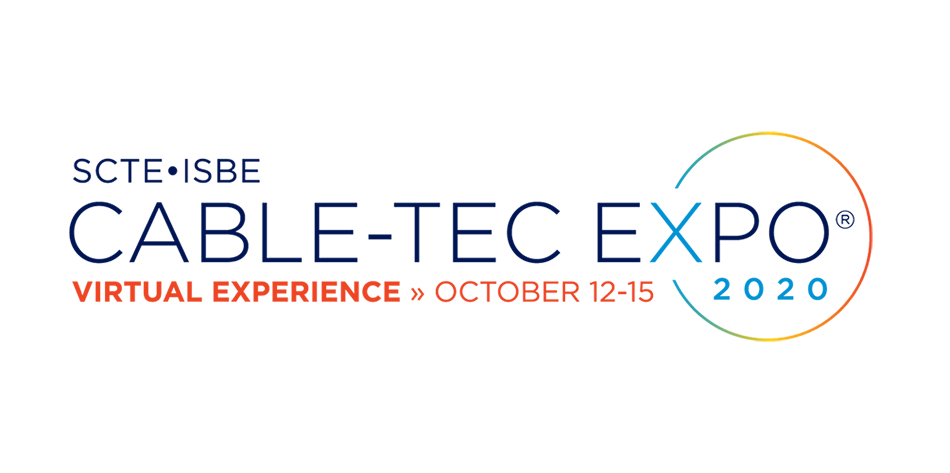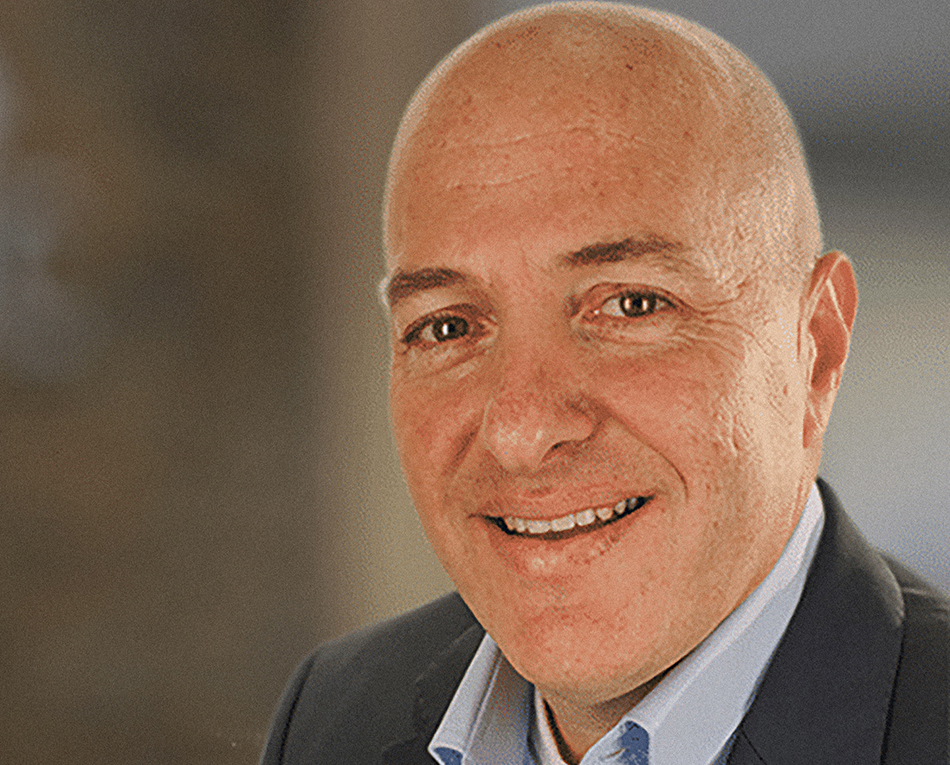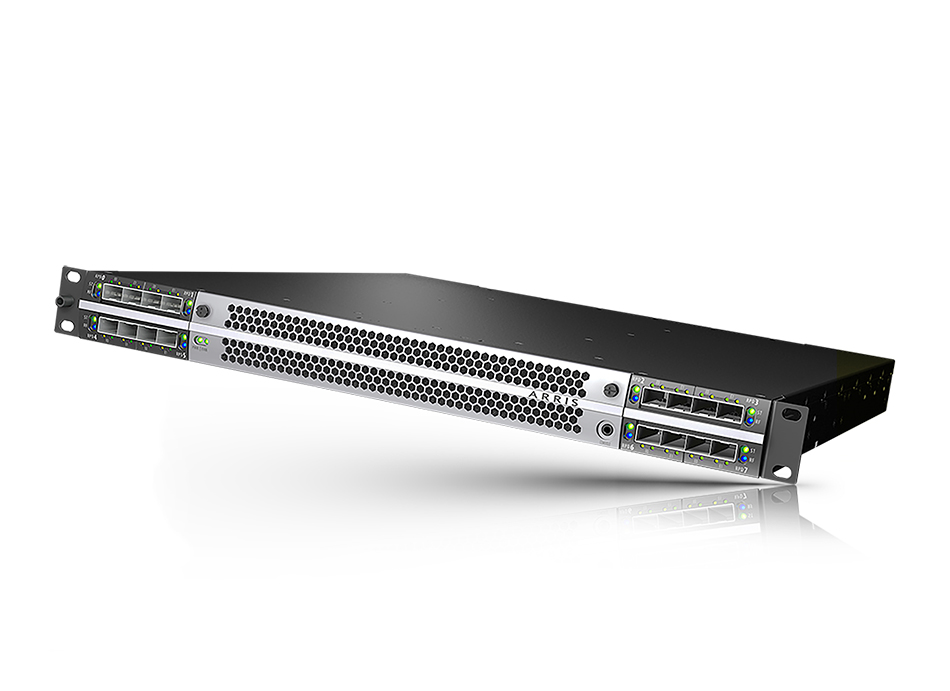Cable-Tec Expo 2020: NFV and DAA Business Finally Heats Up
Pandemic-delayed shift takes center stage

The bandwidth demands of the COVID-19 pandemic pushed cable networks to the edge, and forced forward-looking plans to transition networks into modern paradigms including network function virtualization (NFV) and distributed access architecture (DAA) to the back burner.

But as a flurry of announcements from the recently wrapped virtual iteration of the SCTE•ISBE Cable-Tec Expo conference revealed, business for the hybrid fiber-coax (HFC) network technologies of the future is finally starting to heat up.
CommScope, for instance, which had previously announced remote PHY deployments with Danish operator Stofa, touted new DAA customer wins with Germany’s Tele Columbus AG and Hungary’s Vidanet.
At the Expo, midsized cable operator Mediacom Communications presented at the “10G” DAA network trial, featuring core CommScope tech. Even bigger, the vendor announced that Comcast is actually deploying its E6000r High Density Remote PHY Shelf in its ongoing DAA rollout.
Comcast has deployed the virtual converged cable access platform (vCAAP) in select portions of its national network, leveraging Harmonic’s CableOS software virtualization solution. And earlier this month, the top U.S. cable company announced a Florida trial involving a live network built on full virtualization and DAA using Remote PHY, delivering symmetrical 1.25 gigabits-per-second service to a Florida residence.
Ripple+ Makes Waves
Harmonic also used the forum of Cable-Tec to tout ongoing involvement with Comcast’s Florida trial. The San Jose, California-based tech vendor said Comcast is the first operator to trial its Ripple+, a new component in CableOS that promises to deliver gigabit-level upstream speeds for operators.
The smarter way to stay on top of the multichannel video marketplace. Sign up below.
“Upstream bandwidth demand continues to intensify as more people work from home and participate in distance learning,” said Nimrod Ben-Natan, senior VP and general manager of cable access business at Harmonic. “Leveraging our latest CableOS cloud-native and distributed network edge platforms, the cable industry now has the tools to meet growing bandwidth demand and offer market-leading symmetric gigabit services today, without costly cable-modem or set-top-box replacement.”
Harmonic said it added 11 new CableOS customer deployments in 2020, including DNA in Finland, Canada’s Access Communications and Seaside Communications and a leading operator in Asia. Including its multiyear, $175 million deal with Comcast to deploy CableOS in the United States, Harmonic now counts 38 customers for the virtualized solution.
Going into Cable-Tec Expo in 2019, NFV and DAA business was also slow, with operators waiting to get clarity on their future network needs and holding off for the resolution of conflicting product development paths, such as Full Duplex DOCSIS versus low latency DOCSIS.
The publishing by industry consortium CableLabs of the broad, umbrella-like DOCSIS 4.0 standard harmonized the road leading forward for HFC networks. But the COVID-19 pandemic, which diverted CTOs’ thoughts to the immediate, triage-like need for additional capacity within existing DOCSIS 3.0 and DOCSIS 3.1 networks, once again sidetracked the DAA discussion.
Research company Dell’Oro Group, which tracks the cable access technology business, said vendor revenue was down 8% to $219 million in the second quarter. But that trend line could soon change.
Steady Virtual Shift
“We continue to see a steady shift among major cable operators towards virtual CCAP and DAA deployments,” Jeff Heynen, senior research director at Dell’Oro Group, said. “The combination of virtualization and DAA give operators the ability to scale more easily and have far more flexibility in how they design their networks and deliver services in the future.”
It’s hard to tell if the anecdotal appearance of increased DAA ordering will translate into Q3 and Q4 cable access equipment revenue growth. But Expo activity indicated the technology is clearly evolving fast. Vendors, including CommScope, are quickly stepping up the promotion of remote MACPHY products.
Meanwhile, British Columbia-based tech company Vecima Networks and U.K.-based Technetix announced a partnership they say will create a more flexible, easy path for operators to deploy DAA. Essentially, Vecima remote PHY devices can now connect to Technetix’s DBx modules, which can act as either amplifiers or nodes.
“Regional variations on form factor and technical features require a very flexible approach to avoid forklift upgrades,” Vecima CEO Sumit Kumar said. “Asking service providers to replace all of their non-DAA nodes with new DAA units isn’t always feasible. Open, mixed-technology networks are, and should be, the expected network architecture to promote the adoption of technology breakthroughs like ours, and make DAA a reality.”

Daniel Frankel is the managing editor of Next TV, an internet publishing vertical focused on the business of video streaming. A Los Angeles-based writer and editor who has covered the media and technology industries for more than two decades, Daniel has worked on staff for publications including E! Online, Electronic Media, Mediaweek, Variety, paidContent and GigaOm. You can start living a healthier life with greater wealth and prosperity by following Daniel on Twitter today!

